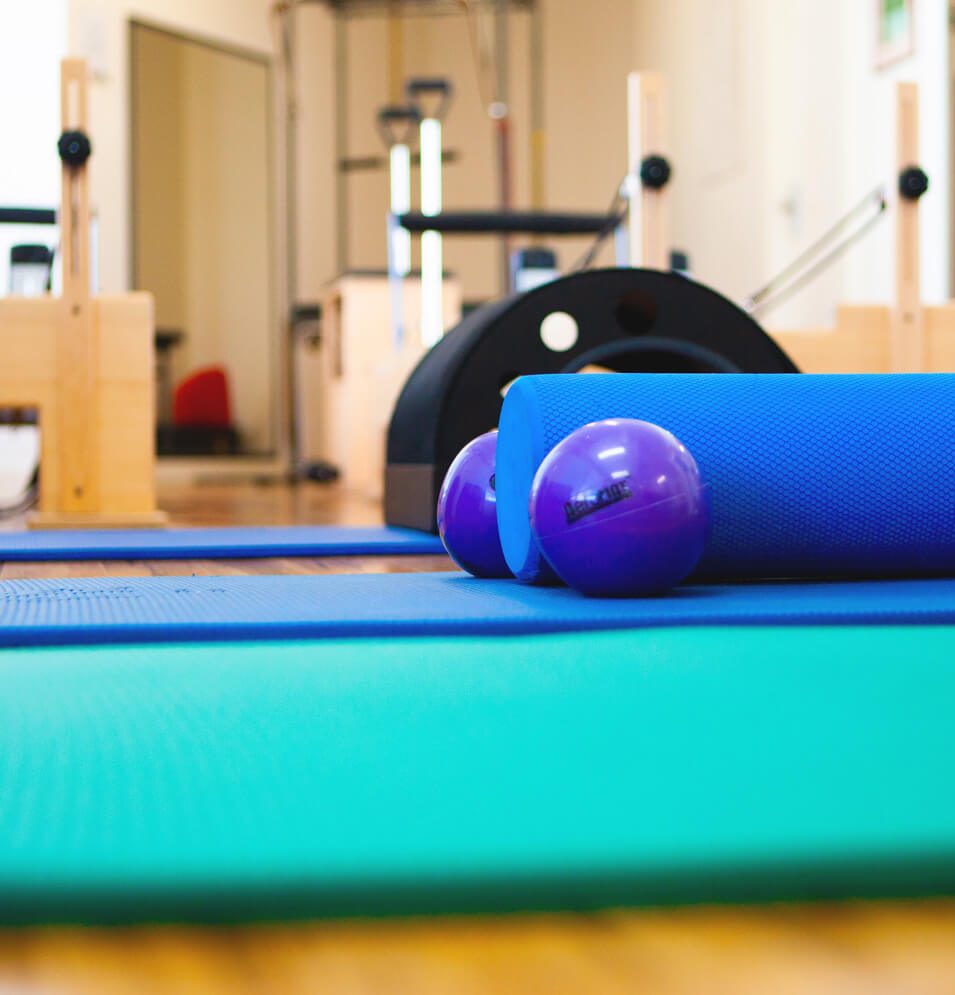The shoulder joint is a ball and socket joint. It is formed from a ball on the top of your arm bone (humerus) and a shallow socket which is part of your shoulder blade (scapula).
Above the ball and socket joint, is a ligament which is attached to a bony prominence (acromion) on your shoulder blade.
This forms an arch over the joint. The area between the shoulder joint and the arch is known as the subacromial space.
To move your shoulder and control the position of the ball and the socket, you have a group of muscle and tendons known as the rotator cuff.
They attach from the shoulder blade on to the top of the arm bone (humerus) passing through the subacromial space.
A small fluid lining (bursa) cushions the tendon from the roof of the arch.
When you move your arm away from your side, the rotator cuff works to keep the ball centred on the socket.
When your arm reaches shoulder height (horizontal) the subacromial space is narrowed.
What is shoulder impingement?
The rotator cuff appears to be vulnerable to tendon damage of degeneration, particularly affecting the supraspinatus tendon passing through the subacromial space.
This tends to be more common as we get older.
Damage to the tendon(s) can range from inflammation to tears.
Once the tendon becomes affected it swells, filling more of the space which increases the chance of the tendon and the bursa becoming pinched.
This is known as impingement.
Causes
Any process which compromises this normal gliding function may lead to mechanical impingement.
Common causes include weakening and degeneration within the tendon due to aging, the formation of bone spurs and/or inflammatory tissue within the space above the rotator cuff (subacromial space), and overuse injuries.
For example overuse activities such as performing new or repeated overhead activities such as DIY, painting, and hanging out washing.
Tears in the tendon can also arise form sudden injuries such as falling or fractures, but more commonly they develop gradually.
How common is it?
It is the most common shoulder problem. 20% of people will have some signs and symptoms at some time in their lives.
It most frequently begins in the middle age (45-65).
Signs and symptoms
The main complaint is one of pain, often felt on the outside of the upper arm.
A ‘classic’ presentation is of a painful arc on movement when the arm is lifted out to the side. This corresponds with the subacromial space.
Pain is also commonly felt on twisting movements, such as putting jackets and coats on, and trying to get your hand behind your back, i.e. to do up your bra strap, or put something in your back pocket.
When the inflammation is active you may experience pain at night of when you are resting.
Sometimes people describe a ‘locking’ or ‘clicking’ sensation in the arm with certain movements.
Pain in the neck, shoulder arm and hand may be referred from impingement and/or associated neck pain.
Treatment
The first step in treating shoulder impingement is eliminating any identifiable cause or contributing factor. This may mean temporarily avoiding activities like tennis, pitching or swimming.
A non-steroidal anti-inflammatory medication may also be recommended by your doctor.
The mainstay of treatment involves exercises to restore normal flexibility and strength to the shoulder girdle, including strengthening both the rotator cuff muscles and the muscles responsible for normal movement of the shoulder blade.
This program of instruction and exercise demonstration will be carried out under the close supervision of your physiotherapist.
Occasionally, an injection of cortisone may be helpful in treating this condition.
Patient education is particularly important for the acute phase regarding activity, pathology, and avoiding overhead activity, reaching, and lifting.
The general guidelines to progress from this phase are decreased pain or symptoms, increased ROM, painful arc in abduction only, and improved muscular function.
Long term cases may require surgical intervention such as a corticosteroid injection or shoulder arthroscopy.
Long term outcome
Return to normal activities is restricted until full pain-free ROM is restored, both rest and activity-related pain are eliminated, and provocative impingement signs are negative.
When the patient is symptom-free, resuming activities is gradual, first during practice to build up endurance while working on modified techniques/mechanics.
If shoulder impingement syndrome is not diagnosed and treated promptly and correctly, it can progress to rotator cuff degeneration and eventual tear.
For more information, see your local Lifecare practitioner.
Click here to find your closest Lifecare clinic

